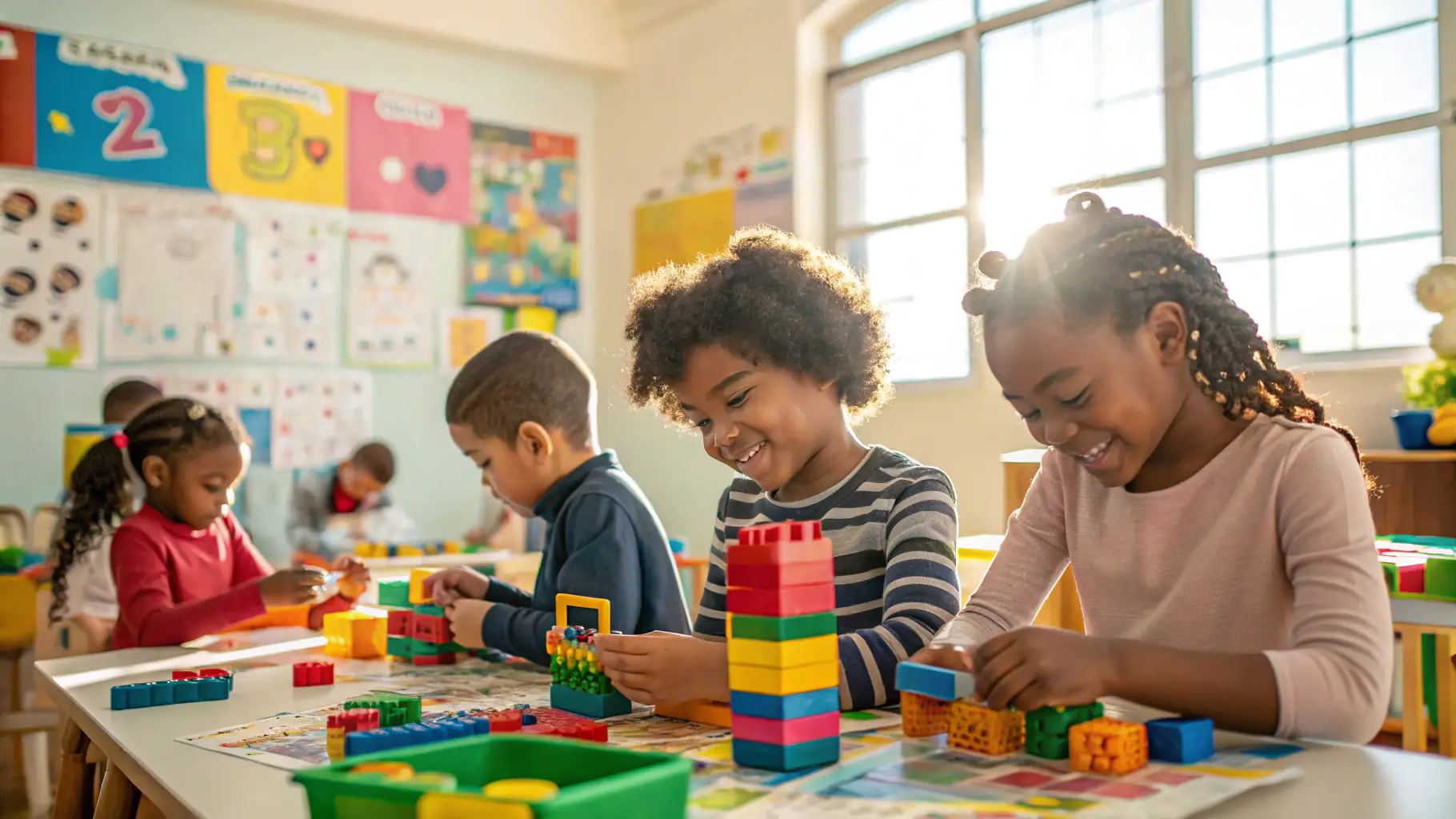How to Support Your Child’s Emotional Development
Parents play a vital role in supporting their child’s emotional development, and Calm Little Minds

Maya, a lively and sensitive seven-year-old, had always felt her emotions intensely. One moment, she’d be laughing and twirling through the kitchen, and the next, she’d be in tears over a broken crayon. Her mother, Elena, felt helpless. “I just don’t know how to help her when she gets overwhelmed,” she told me during one of our sessions.
Like many parents, Elena wanted Maya to be able to handle frustration, disappointment, and worry without meltdowns. But emotional regulation isn’t something kids are born knowing—it’s a skill they develop with practice, just like learning to ride a bike. Through my work with families, I’ve found that making emotional regulation playful and engaging helps kids absorb these skills in a way that feels natural. Here are some tried-and-tested strategies that have helped children like Maya—and could help yours, too.
One afternoon, I introduced Elena and Maya to the glitter jar. We filled a clear jar with water, colorful glitter, and a bit of glue. “This is what happens when we get upset,” I explained, shaking the jar. The glitter swirled chaotically. “When our emotions feel messy, we need to pause and let them settle.” Maya watched intently as the glitter slowly drifted to the bottom, and her breathing softened.
Try it: Create a glitter jar together. When emotions run high, have your child shake it up and take deep breaths as they watch the glitter settle, mirroring their own calming process.
Elena often told me that Maya had trouble calming down after an exciting or stressful day. “She just carries everything inside,” she said. I taught them a simple game: “Let’s pretend we’re blowing up a giant balloon.” Taking deep, exaggerated breaths in and out, they mimicked inflating and deflating a balloon together. Soon, Maya’s shoulders relaxed, and her tense energy softened into giggles.
Try it: Teach your child to “inflate” an imaginary balloon by breathing in deeply through their nose and slowly exhaling through their mouth. This exercise slows their heart rate and brings their focus back to the present.
One challenge Maya faced was expressing what she felt. Like many kids, she’d react before she could find the words. So we turned it into a game. “Let’s play Emotion Charades!” I suggested. Elena and Maya took turns acting out feelings—excited, worried, frustrated—while the other guessed. The more they played, the more Maya started using emotion words in her daily life.
Try it: Play a quick round of emotion charades. Once your child names an emotion, talk about strategies they can use to manage it, like taking a break or asking for help.
One of the best changes Elena made at home was creating a cozy “calm-down corner.” We set up a small space with soft pillows, sensory fidgets, and a journal. “When you feel overwhelmed, you can come here to take a break,” Elena told Maya. The first time Maya used it on her own, Elena texted me: She went to the corner, flipped through a book, and came back calm!
Try it: Set up a quiet, comfortable area in your home with soothing items like stuffed animals, soft blankets, or a weighted lap pad. Let your child know it’s a safe place to reset when they need it.
One evening, Maya was restless at bedtime, her mind racing about an upcoming spelling test. Instead of just reassuring her, I suggested a tool: the worry box. Elena gave her a small box and paper. “Write down your worry and put it in here,” she encouraged. Maya scribbled, What if I forget a word? and tucked it away. The simple act of writing it down made her feel lighter.
Try it: Provide your child with a worry box where they can “store” their worries. Writing them down helps them process their thoughts and let go of some of the anxiety.
Over time, Elena saw a big shift in Maya. Instead of melting down immediately, she started using her tools. “She still has big feelings,” Elena admitted, “but now she knows what to do with them.”
Emotional regulation isn’t about suppressing emotions—it’s about helping kids understand and manage them in a healthy way. Through playful and engaging strategies, you can empower your child with the skills they need to handle life’s ups and downs with confidence.
The next time your child struggles with a big feeling, try one of these tools. You might be surprised at how powerful small changes can be in building their emotional resilience.
Parents play a vital role in supporting their child’s emotional development, and Calm Little Minds
Engaging activities can help children develop essential emotional regulation skills.
Building resilience in children is crucial for their overall well-being and future success.